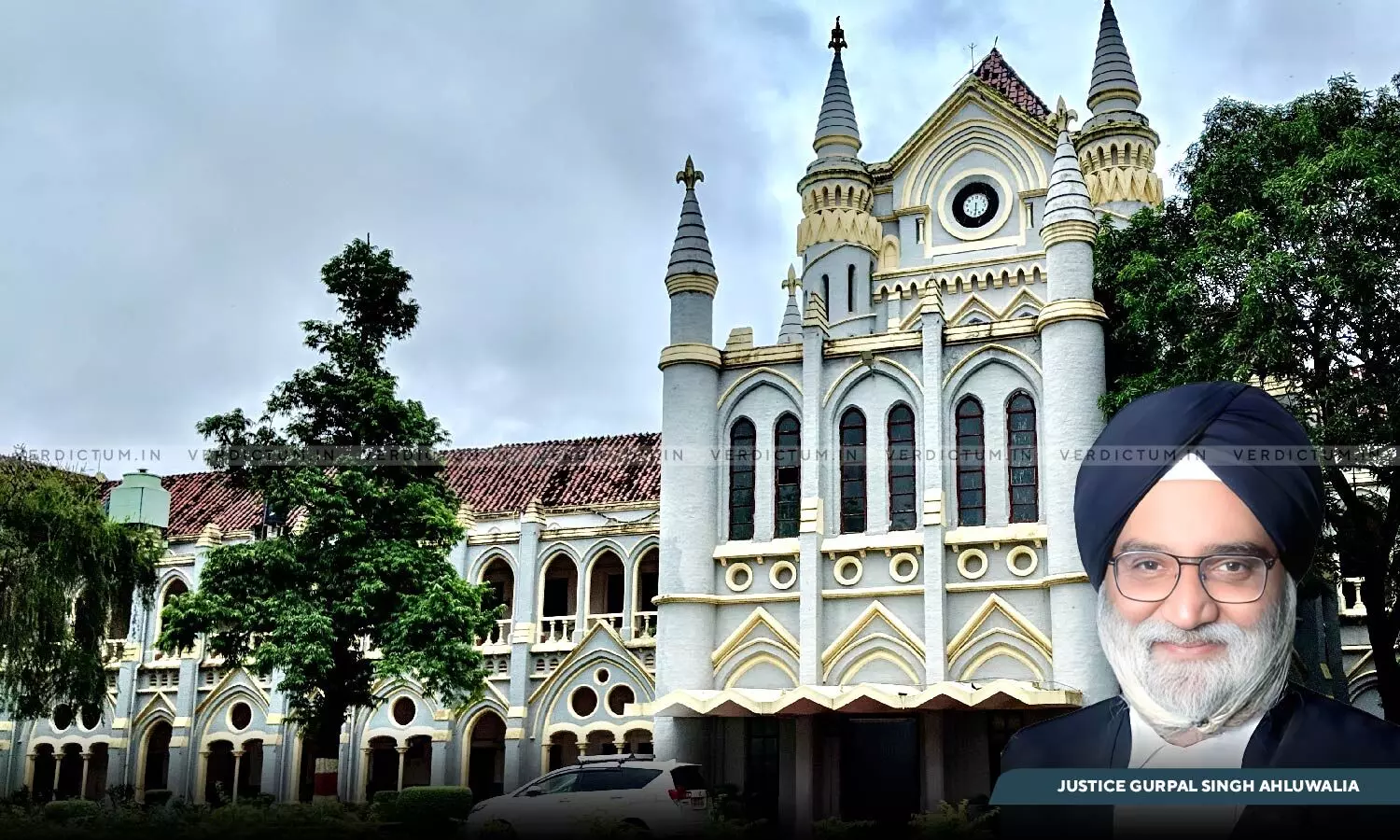
Erroneous Notification In Respect Of Property Which Was Not Waqf Property At Commencement Of Act Wound Not Make It Waqf Property: Madhya Pradesh HC Upholds Centre's Ownership Of Protected Ancient Monument
 |
|The Madhya Pradesh High Court upheld the Central Government’s ownership of the Burhanpur Monuments while observing that properties declared as ancient and protected in 1913 and 1925 under the Ancient Monuments Preservation Act cannot be declared as Waqf Property.
The Court set aside the order issued by the CEO, M.P. Waqf Board, which declared the Tomb of Shah Shuja, Tomb of Nadir Shah, and Bibi Sahib’s Masjid in the Fort of Burhanpur as waqf properties.
A Single Bench of Justice G.S. Ahluwalia observed, “As already held that the property in dispute was already declared as ancient monument and protected monument in the year 1913 and 1925. Thus, after the issuance of said notifications, property is now under the guardianship of Commissioner and the property is of Central Government.”
Advocate K.N. Pethia appeared for the petitioner, while Advocate Ukarsh Agrawal represented the respondent.
The Tomb of Shah Shuja, Tomb of Nadir Shah, Bibi Sahib’s Masjid, and the Palace situated in the Fort of Burhanpur were declared as “ancient monuments” by a notification under Section 1(1) of the Ancient Monuments Preservation Act, 1904 (the Act).
The Petition was filed by the Archaeological Survey of India (ASI) to seek directions from the court to set aside the impugned order and the declaration of these properties waqf property.
The ASI (petitioner) argued that the property had been declared an ancient and protected monument by notifications issued in 1913 and 1925 under the Act. Consequently, the property had been under the continuous guardianship and maintenance of the Central Government, and the Waqf Board had no jurisdiction to declare it as waqf property.
The petitioner submitted that once a property in dispute was declared as an ancient and protected monument under the Act, then the same could not be declared as a waqf property.
The High Court explained that the property in question was an ancient and protected monument duly notified under the Act, and therefore, “CEO, M.P. Waqf Board committed a material illegality by directing the petitioner to vacate the same.”
“The property in question was already declared as ancient monument and protected monument under sections 1(1) and 3(1) of Ancient Monuments Preservation Act, 1904. After the property is declared as ancient monument and protected monument, the same comes under the guardianship of Commissioner and property can be released from his guardianship only after following the procedure as laid down under Section 14 of Ancient Monuments Preservation Act, 1904. There is nothing on record to show that Commissioner had ever relinquished his guardianship over the property in dispute,” the Court remarked.
The Court referred to the Supreme Court’s judgment in Karnataka Board of Wakf v. Government of India (2004) which established that government properties registered as ancient monuments could not be claimed as waqf properties without substantial evidence.
Consequently, the Court held, “Since the notification issued under Waqf Act, 1995 would not take away the ownership of Central Government over the property in dispute, therefore even in absence of any challenge to the notification by which property in dispute was declared as waqf property, this Court is of considered opinion that it cannot be said that by virtue of notification issued under the Waqf Act, the property in dispute has become a waqf property.”
Accordingly, the High Court allowed the petition.
Cause Title: Archaeological Survey Of India v. Chief Executive Officer & Ors.
Appearance:
Petitioner: Advocate K.N. Pethia
Respondent: Advocates Ukarsh Agrawal and Sabhyata Yadav